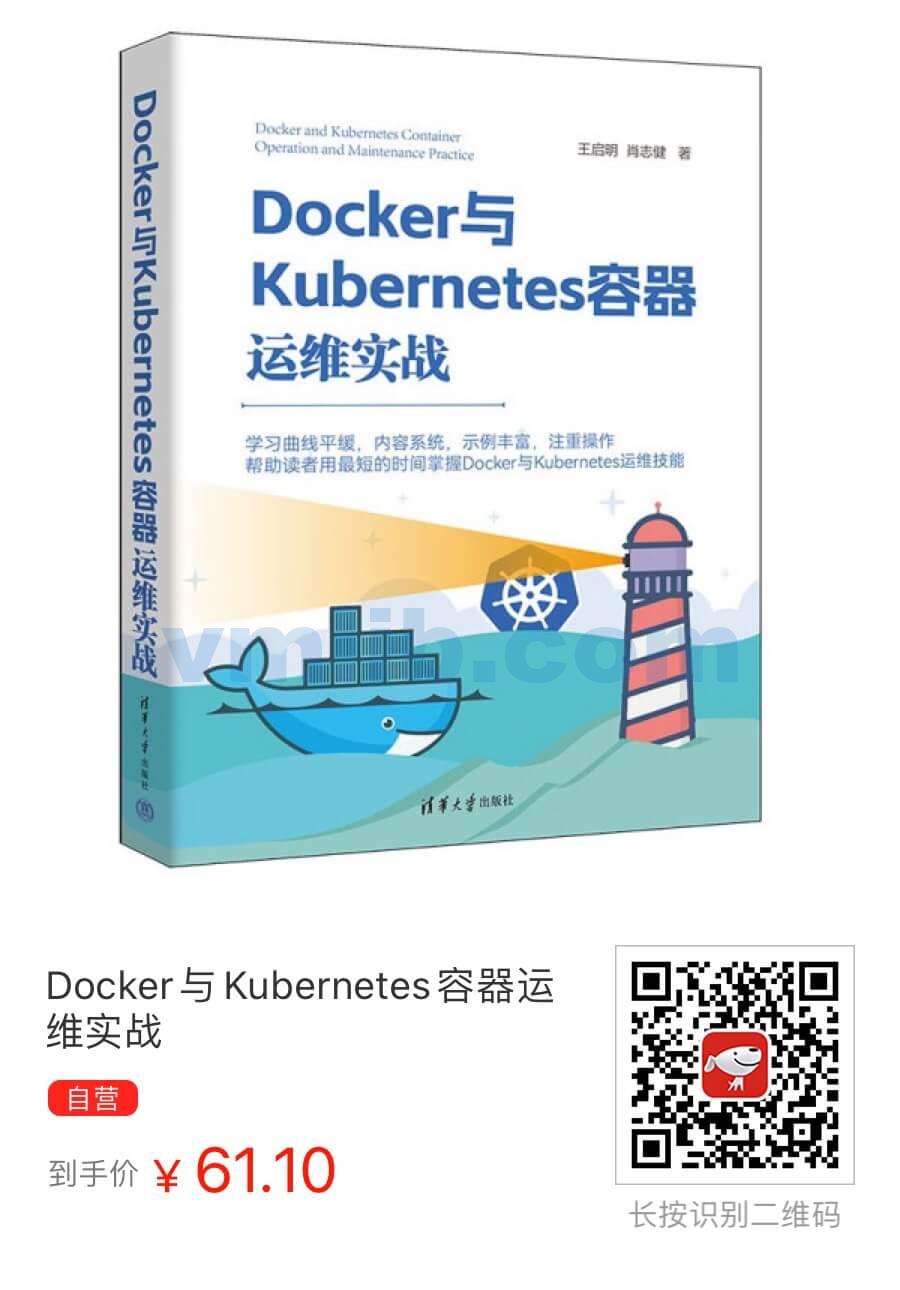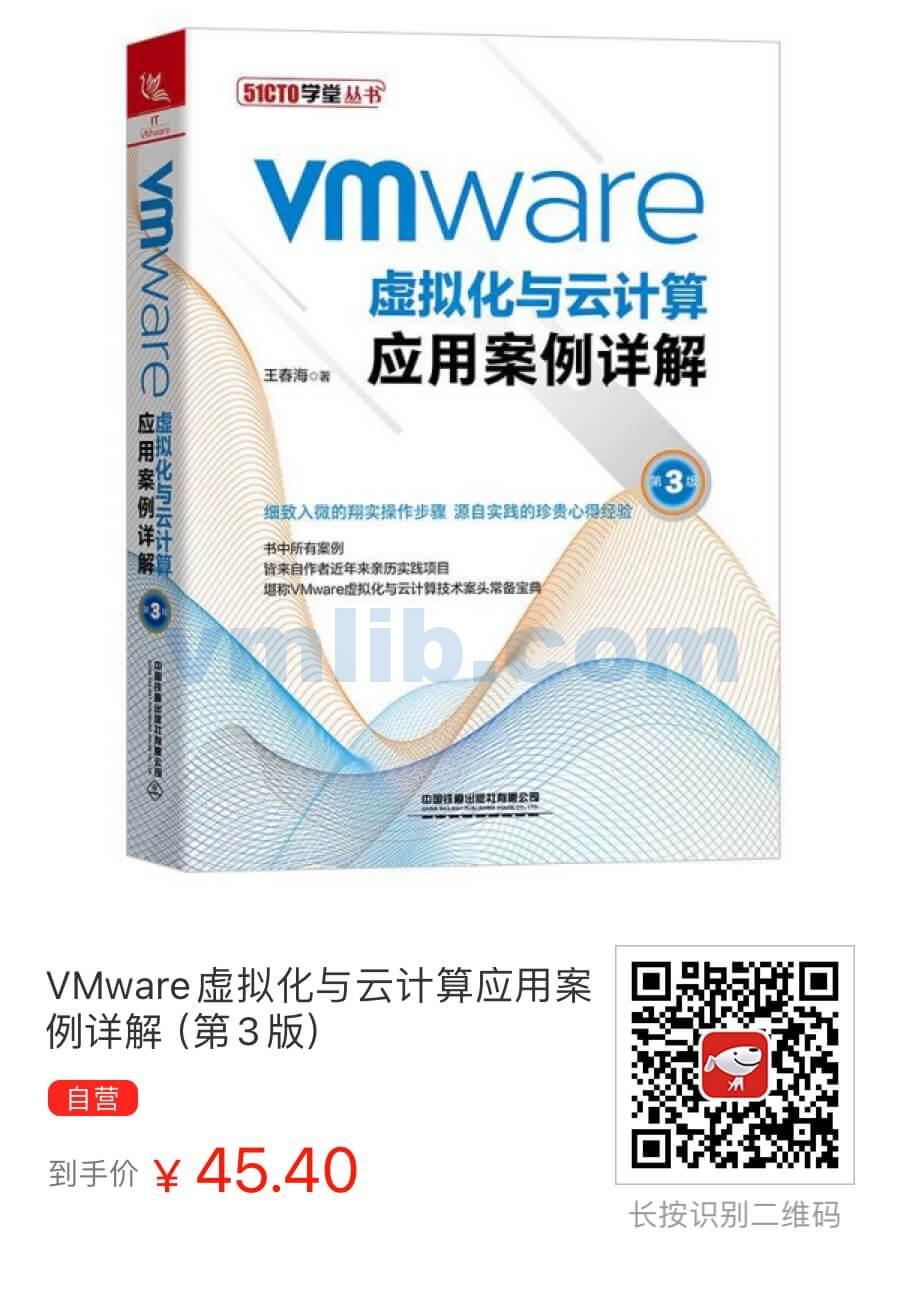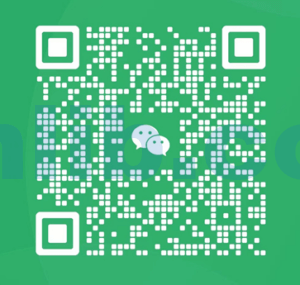To study for VMware HCI Master Specialist Exam | vSAN认证考试题目学习
65. A vSAN administrator notices that all the applications on a vSAN cluster are suffering from performance degradation. The main applications on this cluster are very random write-intensive and generate a lot of i/o. De-staging seems to be going awfully slow.
Given the following information:
• Each host has a single disk group.
• Each disk group has 7 capacity disks.
• The size of each cache disk is 600 GB.
How should the administrator solve this problem?
- A. Add additional disk groups
- B. Add more capacity disks
- C. Add more cache disks
- D. Increase the size of cache disks
Explaination:
In a vSAN environment, understanding the specific roles and performance characteristics of cache disks and capacity disks is crucial to diagnosing and solving performance issues.
In this scenario, the applications are suffering from performance degradation, and these applications are write-intensive, generating a lot of I/O. This is an important clue. In vSAN, write operations first hit the cache tier before being de-staged to the capacity tier. The cache tier’s primary function is to absorb write operations and then efficiently de-stage this data to the capacity tier. If de-staging is slow, it can lead to performance bottlenecks, particularly with write-intensive applications.
Given the options:
A. Add additional disk groups: Adding additional disk groups could help, as it would not only increase the total cache capacity (since each disk group has a cache disk) but also improve the overall performance by providing more resources for operations and potentially better distribution of I/O.
B. Add more capacity disks: While adding more capacity disks increases the total storage capacity, it doesn’t necessarily address the issue of cache performance. Capacity disks are more about storage space than managing high I/O workloads.
C. Add more cache disks: This could be a solution, but since each host has only one disk group, adding more cache disks would mean creating new disk groups (which involves adding capacity disks as well), making this option effectively similar to option A.
D. Increase the size of cache disks: Increasing the size of the cache disks may provide more buffer space for write operations, which could help with the de-staging process. However, the effectiveness of this depends on whether the current cache disks are being consistently filled to capacity. If the current 600 GB cache disks are not being fully utilized, increasing their size might not resolve the issue.
Given these considerations, the most effective solution would likely be:
A. Add additional disk groups.
This approach not only increases cache capacity but also improves the overall ability of the vSAN cluster to handle high I/O workloads by distributing them across more resources. This should help alleviate the performance degradation being experienced with the write-intensive applications.
在 vSAN 环境中,理解缓存盘和容量盘的特定角色和性能特性对于诊断和解决性能问题至关重要。
在这个场景中,应用程序遭受性能下降,这些应用程序是写入密集型的,产生大量的 I/O。这是一个重要的线索。在 vSAN 中,写操作首先命中缓存层,然后再去往容量层。缓存层的主要功能是吸收写操作,然后高效地将这些数据去往容量层。如果去往过程缓慢,可能导致性能瓶颈,尤其是对于写入密集型的应用程序。
考虑到以下选项:
A. 增加额外的磁盘组:增加额外的磁盘组可能有帮助,因为它不仅增加了总缓存容量(因为每个磁盘组都有一个缓存盘),还可以通过提供更多的操作资源和可能更好的 I/O 分布来提高整体性能。
B. 增加更多容量盘:虽然增加更多的容量盘可以增加总存储容量,但它并不一定解决缓存性能的问题。容量盘更多的是关于存储空间,而不是处理高 I/O 工作负载。
C. 增加更多缓存盘:这可能是一个解决方案,但由于每个主机只有一个磁盘组,增加更多的缓存盘意味着需要创建新的磁盘组(这也涉及到增加容量盘),使这个选项实际上与选项 A 相似。
D. 增加缓存盘的大小:增加缓存盘的大小可能会为写操作提供更多的缓冲空间,这可能有助于去往过程。然而,这种做法的有效性取决于当前的缓存盘是否一直被填满。如果当前的 600 GB 缓存盘没有被完全利用,增加它们的大小可能不会解决问题。
考虑到这些因素,最有效的解决方案可能是:
A. 增加额外的磁盘组。
这种方法不仅增加了缓存容量,还提高了 vSAN 集群处理高 I/O 工作负载的整体能力,通过在更多资源上分布这些负载。这应该有助于缓解写入密集型应用程序所经历的性能下降。






 VM技术助理
VM技术助理








